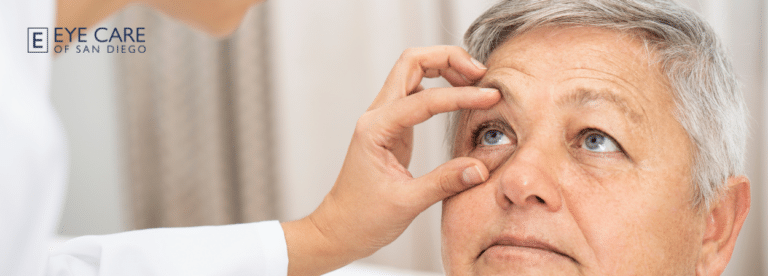How Eye Care of San Diego Ensures Safe and Effective LASIK Surgery
Imagine a life with clearer vision, often without the daily hassle of glasses or contacts. LASIK makes this a reality by expertly reshaping the cornea, the eye’s clear front layer. This reshaping allows the cornea to properly bend (refract) light, focusing it precisely onto the retina. By correcting the way your eye focuses light, It…
Read More













